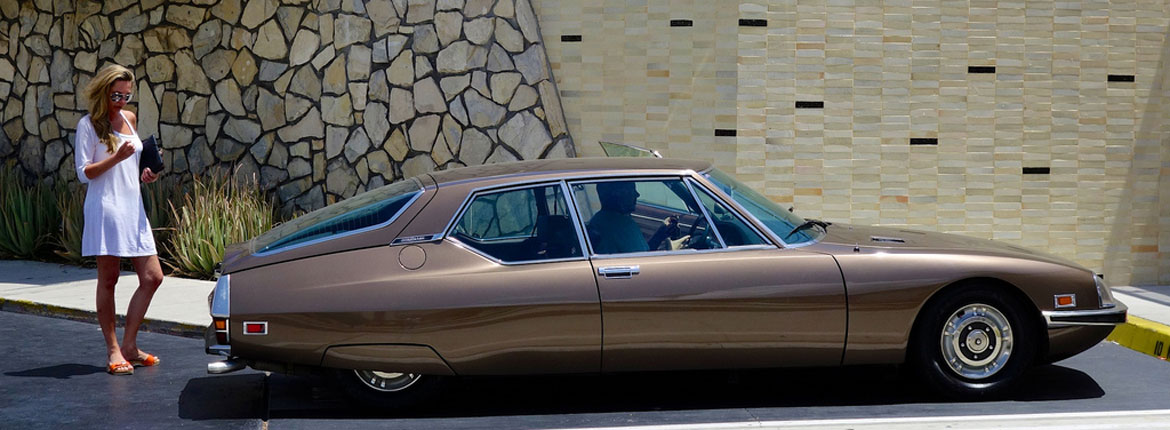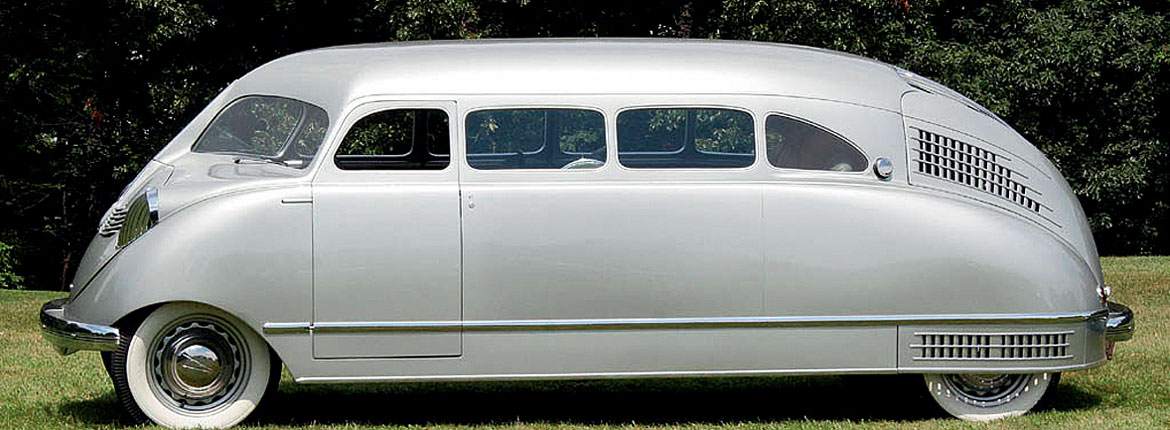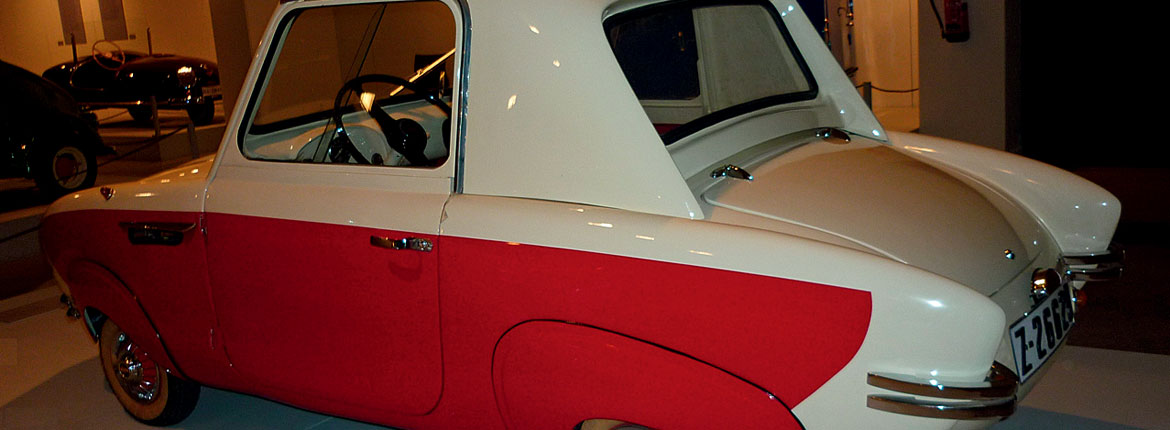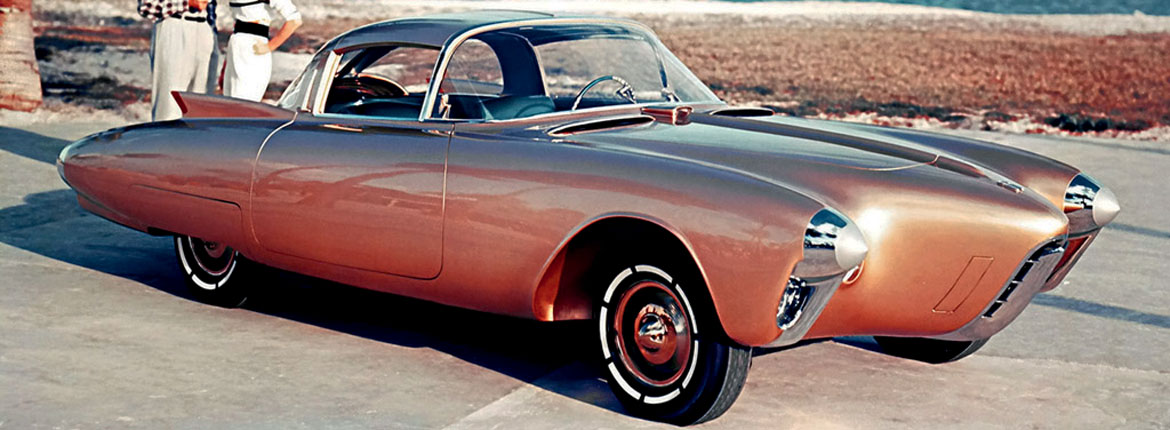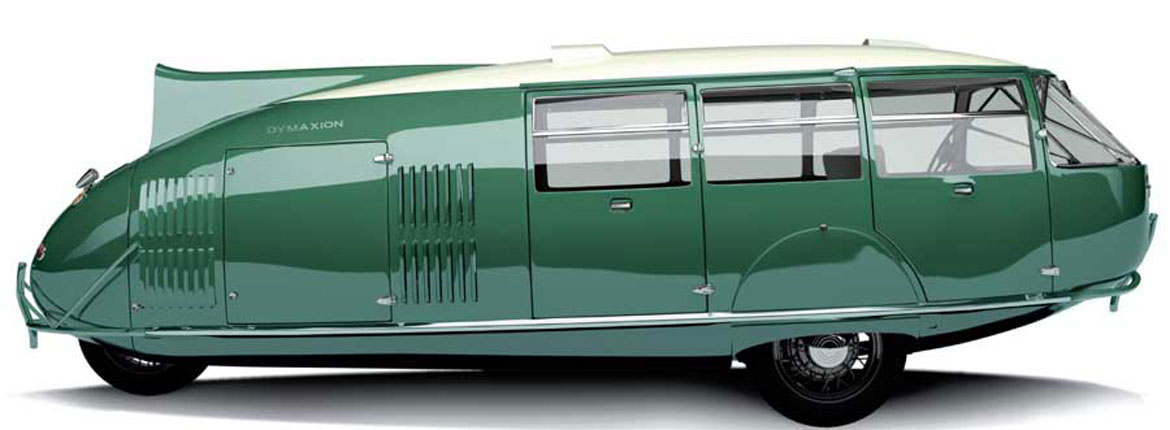When it comes to car design beauty is in the eye of the beholder. Some of the more outrageous designs don’t ever make it beyond the drawing board, while some that have, really shouldn’t have.
Citroen SM
The Citroën SM ticks both boxes for being a bit weird and for being truly wonderful. Citroën had wanted to build a high performance GT (grand touring) car, and their purchase of Maserati in 1968 gave them the high-powered engine technology to do so.
Citroën debuted their showcase SM at the 1970 Geneva Motor Show. Well ahead of its time, Citroën packed the SM with numerous innovative features that are only becoming mainstream today: self-levelling lights that swivelled with the steering, variable-assist power steering that only required two turns from lock to lock and hydro-pneumatic self-levelling suspension, being just a few.
Despite finding favour with celebrities such as Rolling Stones’ Bill Wyman and Charlie Watts and winning the US Motor Trend Car of the Year Award in 1972, the SM was not a commercial success and production ceased in 1975 with 12,900 having been produced.
Stout Scarab
Referred to as the father of modern aviation, William Stout was an engineer who is credited with building the first all-metal aircraft. His aviation roots can clearly be seen in the design of the Stout Scarab. The original Scarab prototype built in 1932 was constructed of aluminium and magnesium, but this was deemed too cost-prohibitive for mass production, so the lightweight materials were replaced with steel bodywork that was mounted onto a steel spaceframe.
The Scarab was powered by a Ford flathead V8 engine, mounted over the rear wheels for optimum traction. The absence of running boards and fared-in wheels were quite advanced at the time, and features such as coil spring independent suspension front and rear, cabin dust filter and electric door locking were truly futuristic touches.
The downside was that at US$5,000, the Scarab was almost four times the price of other luxury vehicles such as the Chrysler Airflow. Buyers included some of America’s wealthiest, such as the Firestone and Wrigley families.
William Stout himself is said to have clocked up over 250,000 miles in his own Scarab. Of the nine units built, five are known to survive and the car is now considered an art deco icon.
Dymaxion
Featuring prominently at the 1934-1935 Chicago World Fair, the Dymaxion was designed by American Buckminster Fuller.
Unfortunately, having a rear-mounted V8 engine powering the front wheels, with steering via the single rear wheel, stability and handling had severe limitations, particularly at speed where it had a tendency to turn into the wind and lift off the ground.
Consequently, driving was limited to trained drivers who would avoid driving the car in windy conditions. It was deemed far too dangerous to be made available to the general public; therefore only three were produced, of which only one survives. However, a couple of replicas have been produced.
Oldsmobile Golden Rocket
The mid-50s was a time of automotive excess in the US: fins, chrome, and big V8 engines were all signs of post-war prosperity. But so too were concept cars; futuristic designs in an era where space travel was just around the corner and car companies liked to show off their experimental designs.
Making its debut at the 1956 General Motors Autorama, the Golden Rocket had a fiberglass body and was powered by a 324CI, 275hp V8 engine. The publicity blurb used terms such as “supersonic sleekness” to describe its space-age design.
Futuristic equipment included a roof panel that rose, driver and passenger seats that swiveled outwards when the door was opened and a steering column that tilted for easier access.
It’s unclear exactly what happened to the ’56 Oldsmobile Rocket, but the most popular theory is that it’s sitting at the bottom of the Atlantic, having sunk with several other concept cars on the Andrea Adoria, on their way back to the US after being shown at the Paris Motor Show.
Biscúter 200-F
The Spanish economy was relatively isolated from Europe in the post-war era, largely the result of policies of General Francisco Franco’s authoritarian government. Low-cost, locally-built products were the order of the day in the absence of more expensive imports.
The Biscúter micro-car had its origins in France in the 1940s, the name deriving from Biscooter, implying it was about the size of two scooters. Eventually being licensed to Spanish firm Autonacional S.A. of Barcelona in 1953, Biscúter produced cars for that local market for about ten years.
Powered by a single cylinder, 197cc 9 horsepower two-stroke engine driving only the right front wheel, about 12,000 Biscúters of various models were produced and were a common sight in Spain at the time. The phrase “as ugly as a Biscúter” became a popular Spanish saying.
Reported by Andrew Bayliss for our AA Directions Autumn 2024 issue

